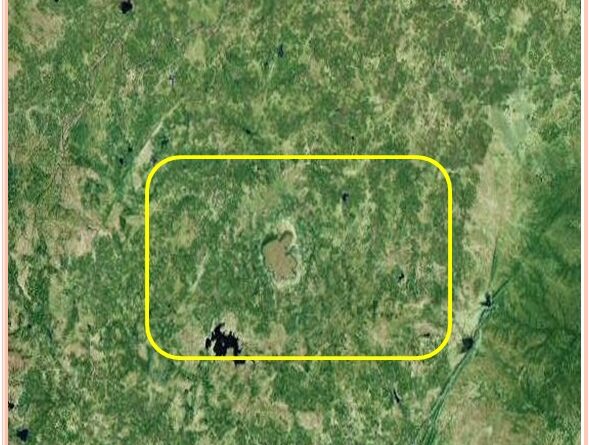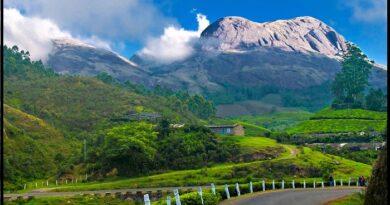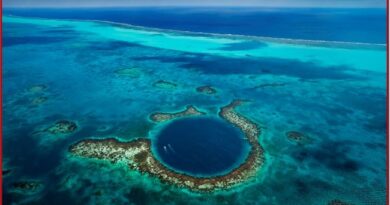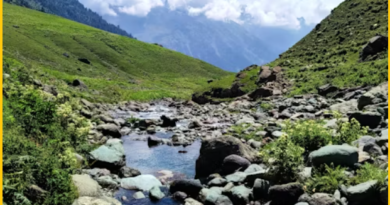The Dhala impact structure, Bundelkhand craton, Central India, the largest & oldest crater in Asia

The eroded remnant has an apparent minimum diameter of about 11 km. As a large part of the area is covered by alluvium, the present measured diameter possibly represents a minimum estimate.
Dhala impact structure, a national geological monument is close to historic and cultural heritage city Jhansi and Khajuraho and shows diagnostic evidence of impact shock metamorphism with multiple sets of planar deformation features in minerals clasts of ‘Ballen quartz and feldspar with granular zircon etc.
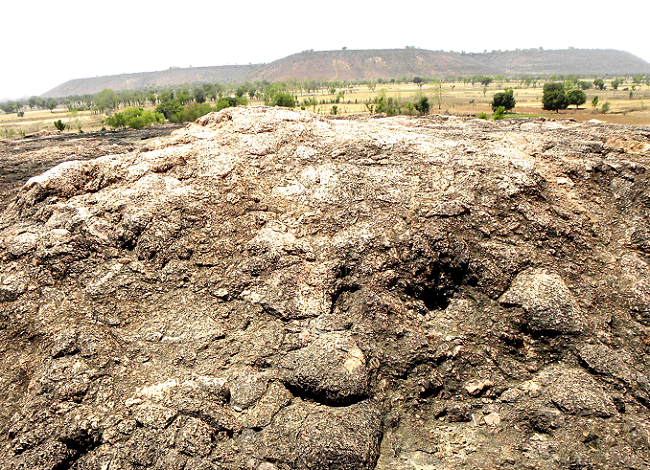
Structure of Dhala Crater
The surface contact between the Dhala Formation and the melt Breccia shows a bowl-shaped depression that is inferred to have formed through impact. Absence of a Central Elevated Area (CEA) and the small diameter (2.96 km) of the crater point towards a simple impact crater.
A mesa-like structure located at the center of the crater, formerly contended as the CEA, is in fact a vestige of denudational processes acting on the Proterozoic sediments in the crater.
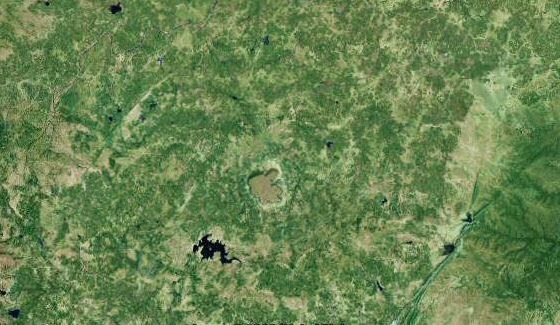
A 4-stage evolutionary history shows the formation of the crater: the first three represent the impact event and sedimentation whereas the fourth stage correlates with denudation and its remnants seen throughout the exposed Vindhyan sediments.
The pre-impact country rocks are predominantly granitoids with minor mafic intrusive rocks, and they are overlain by post-impact sediments of the Vindhyan Supergroup. Thus, the age for this impact event is currently bracketed by these two sequences.
Also, read- Geological Wonder Of Odisha-“Nomira Pillow Lava” The National Geological monument
The Dhala structure is asymmetrically disposed of with respect to a central elevated area (CEA) of Vindhyan sediments. The CEA is surrounded by two prominent morphological rings comprising pre-Vindhyan arenaceous-argillaceous and partially rudaceous metasediments and monomict granitoid breccia, respectively.
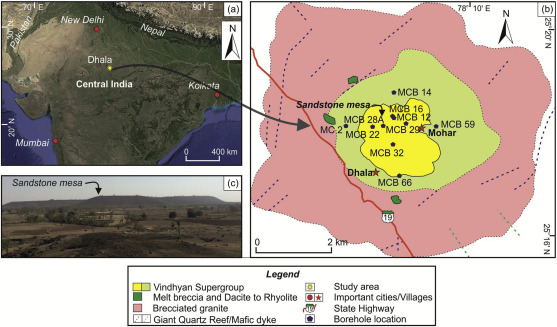
There are also scattered outcrops of impact melt breccia exposed towards the inner edge of the monomict breccia zone, occurring over a nearly 6 km long trend and with a maximum outcrop width of 170 m. Many lithic and mineral clasts within the melt breccia exhibit diagnostic shock metamorphic features, including multiple sets of planar deformation features in quartz and feldspar, Ballen-textured quartz, occurrences of coesite, and feldspar with checkerboard texture.
